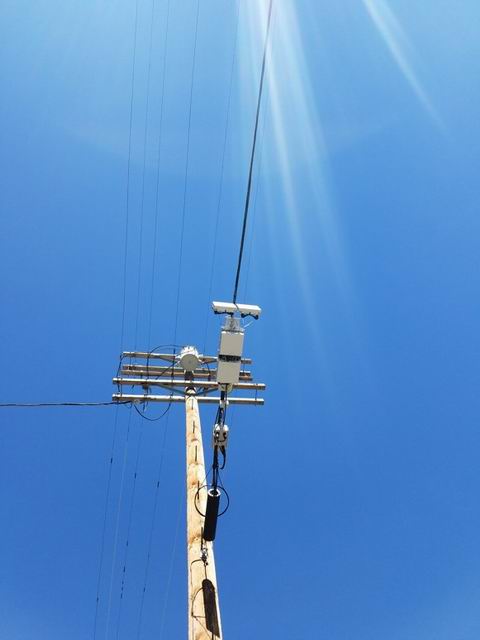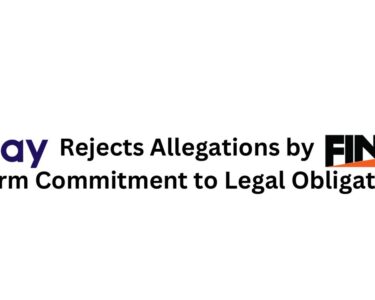Ericsson launches three new small cell solutions
- Multi-Operator Dot combines the multi-operator benefits of an active DAS solution with the coverage and capacity of the Radio Dot System
- Multi-Dot Enclosure has a minimal impact on building aesthetics, is useful for multi-operator deployments, and presents a cost-savings option in some buildings
- Strand-Mount Unit for outdoor micro radios enables radio installation on existing aerial cables, delivers a zero footprint solution suitable for both single and multi-operator usage
Ericsson (NASDAQ: ERIC) has launched three new scalable small cell solutions designed to help expand the small cell market and meet the growing demand for better mobile coverage and capacity while preparing networks for 5G and the Internet of Things (IoT) applications: the Multi-Operator Dot and the Multi-Dot Enclosure for indoor deployments; and the Strand-Mount Unit for outdoor micro radios.
The Multi-Operator Dot solution delivers a set of Radio Dots that can be shared between multiple operators, with one operator managing the system while others provide radio frequency signals – similar to an active distributed antenna system (DAS). This new architecture allows up to four operators to broadcast over a single Dot solution; combining the multi-operator benefits of an active DAS solution with the performance, agility and cost-effective design of the Radio Dot System.
As its name suggests, the Multi-Dot Enclosure combines multiple Dots in a single enclosure. The enclosure has a minimal impact on building aesthetics, is useful for multi-operator deployments, and presents a cost-savings option in buildings that charge per box deployed.
The Strand-Mount Unit for outdoor micro radios makes it easier to install the radios on the existing grid, hung on aerial coax, fiber, or electricity cables. Aerial-strand deployments are critical for scaling outdoor small cells and can be deployed for both single and multi-operator usage. Ericsson’s new Strand-Mount Unit can support up to four micro radios, enabling multiple operators to utilize the same mount for cost-efficient deployments. The Strand-Mount Unit delivers superior outdoor coverage with zero footprint.
Nishant Batra, Head of Product Area Network Infrastructure at Ericsson, says: “We have developed scalable small cell models to meet the current demands of our customers while also preparing for requirements that will be imposed by 5G and the IoT.
“With the Multi-Operator Dot and the Multi-Dot Enclosure, our customers can enhance the inbuilding user experience with excellent connectivity for both smartphones and IoT devices. The Strand-Mount Unit for outdoor micro radios, meanwhile, facilitates the dense deployments that will be required for 5G – enabling operators to deploy small cells in areas where they may not have been able to do so previously.”
Mark Lowenstein, Managing Director, Mobile Ecosystem, says: “The mobile industry is experiencing an evolution in the way we use our devices, the methods in which we design the networks for upcoming 5G technologies, and the way we deploy small cells. Multi-operator solutions will be critical to expanding the market for small cells and the range of possible deployments. Ericsson’s new small cell solutions address these industry changes to enable operators to deliver the needed coverage and capacity in a variety of environments.”
The Multi-Operator Dot and the Multi-Dot Enclosure will enable service providers to offer their customers an aesthetically pleasing full multi-operator solution, capable of extending coverage and capacity indoors using LTE/5G tight interworking. The Strand-Mount Unit creates new opportunities for outdoor deployments for customers such as telecom operators, cable operators and tower companies.
We have reached an inflection point at which approaches to small cells are evolving rapidly. 75% of companies either already allow employees to bring their own devices to work or plan to do so soon (Source: TechPro Research). But although 90% of our time is spent indoors, 60% of users are dissatisfied with their indoor cellular connectivity experience (Source: Ericsson ConsumerLab).
At the same time, 5G readiness requirements and IoT strategies are becoming increasingly important factors in network planning. Non-traditional players are entering the wireless marketplace and operators need to think outside the box and find more cost-effective means of deploying the number of small cells required to meet consumer demand.
Ericsson’s new small cell solutions meet the new market requirements and will be on display at the inaugural Mobile World Congress Americas from September 12 to14, 2017, and commercially available in 2018.




